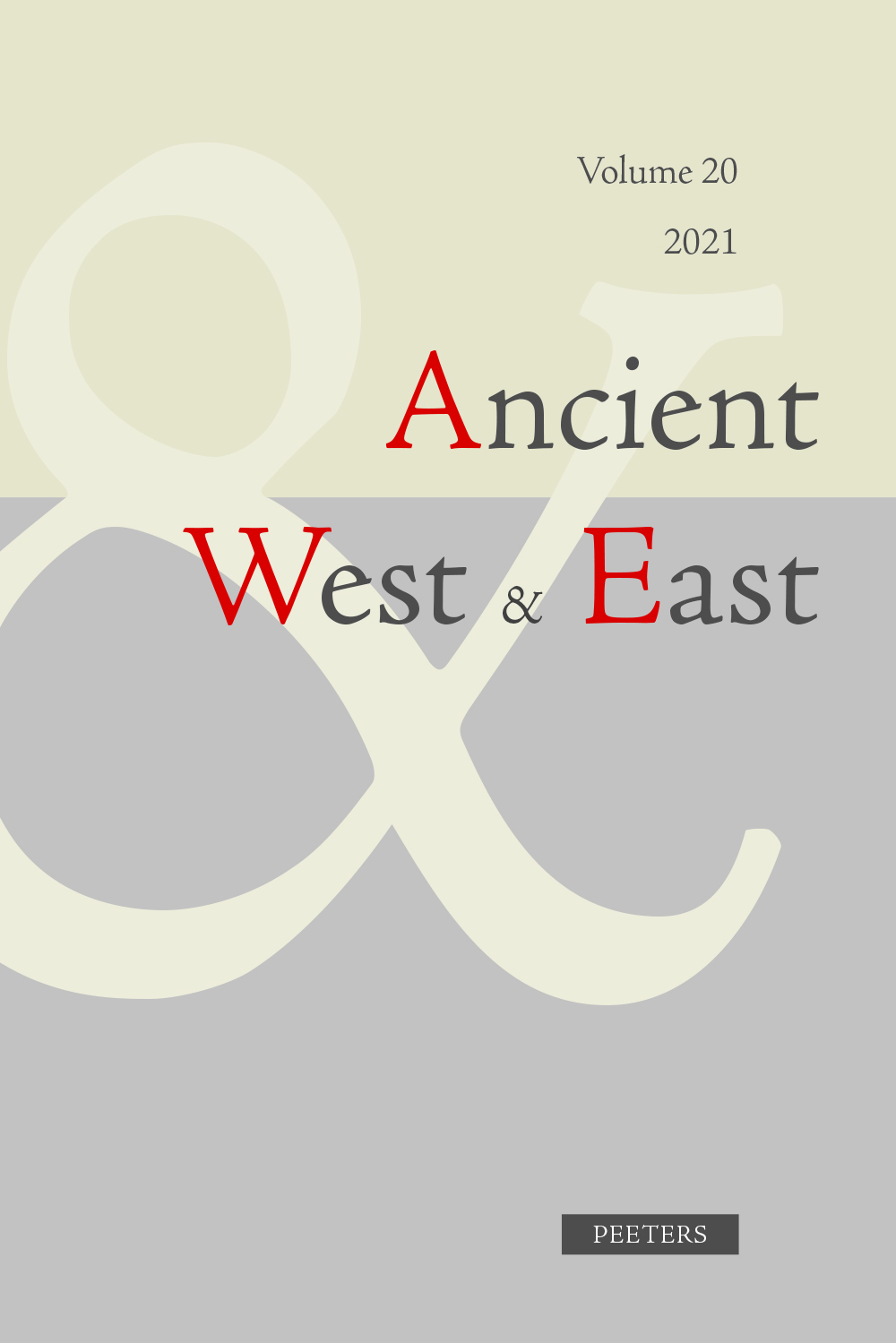next article in this issue  |

|
Document Details : Title: Crossing the Frontier into the Desert Subtitle: Egyptian Expeditions to the Sinai Peninsula Author(s): HIKADE, Thomas Journal: Ancient West & East Volume: 6 Date: 2007 Pages: 1-22 DOI: 10.2143/AWE.6.0.2022791 Abstract : Ancient Egypt possessed two types of borders: a physical border and an ideological one. The first is defined by the desert to the east and west, the Mediterranean to the north, and the rapids of the First Cataract in the south. The role of the king was to expand the border, strengthen it and defend it against the chaos that might threaten Egypt from the other side of the border. The second border, the ideological border, can be detected in the way Egyptian society defined itself and how it portrayed foreigners. Apart from the ideological side there was the day-to-day experience of the Egyptian king, officials and to a lesser extent the wider population. The crown and court had to deal with foreigners and their customs in trade and diplomacy. With these contacts, naturally, the Egyptian ideology was faced with reality. These two sides can be labelled as topos, i.e. ideological expectations, and mimesis, actual responses to these expectations. The paper will examine this dualism using the expeditions to the western Sinai in the late 3rd and 2nd millennium BC. |
|
